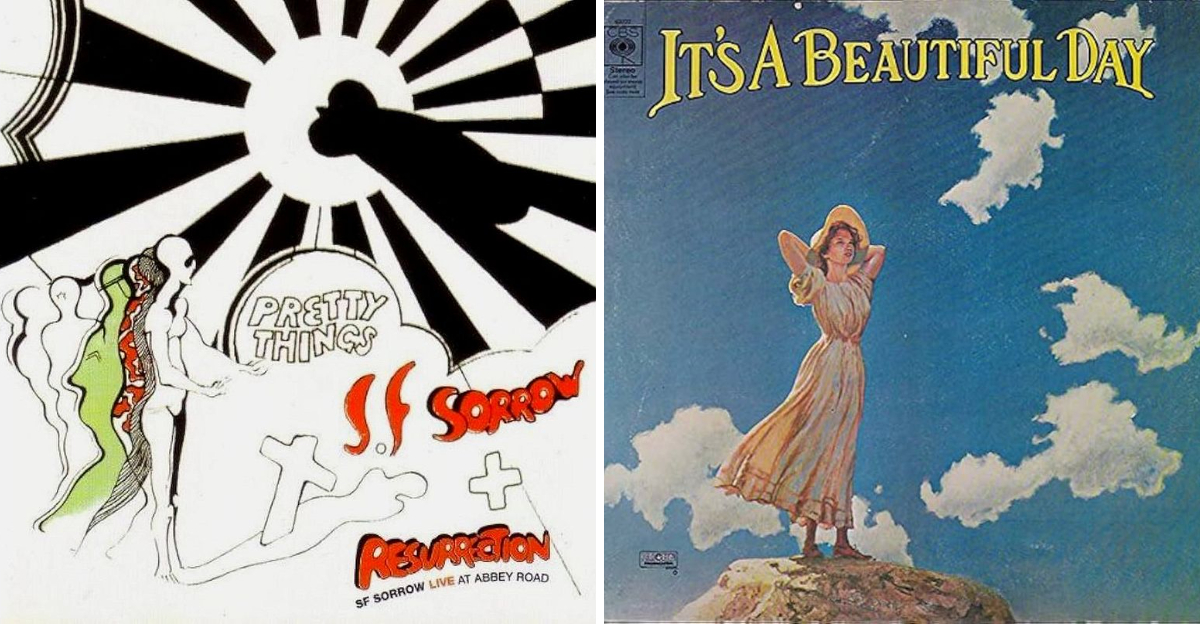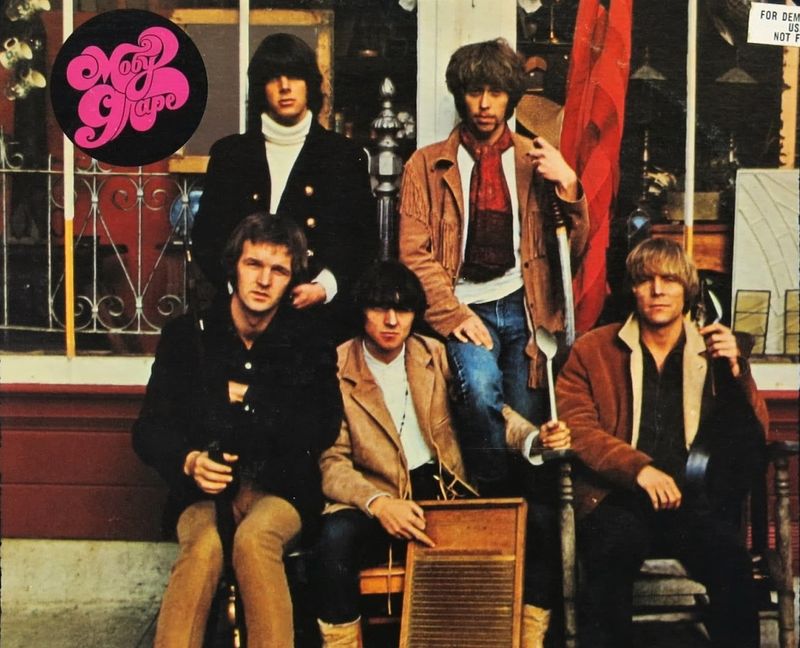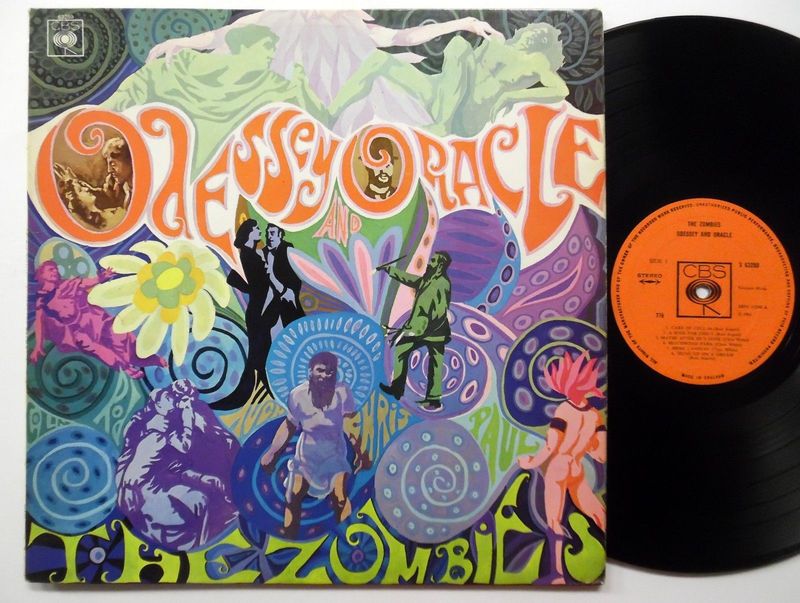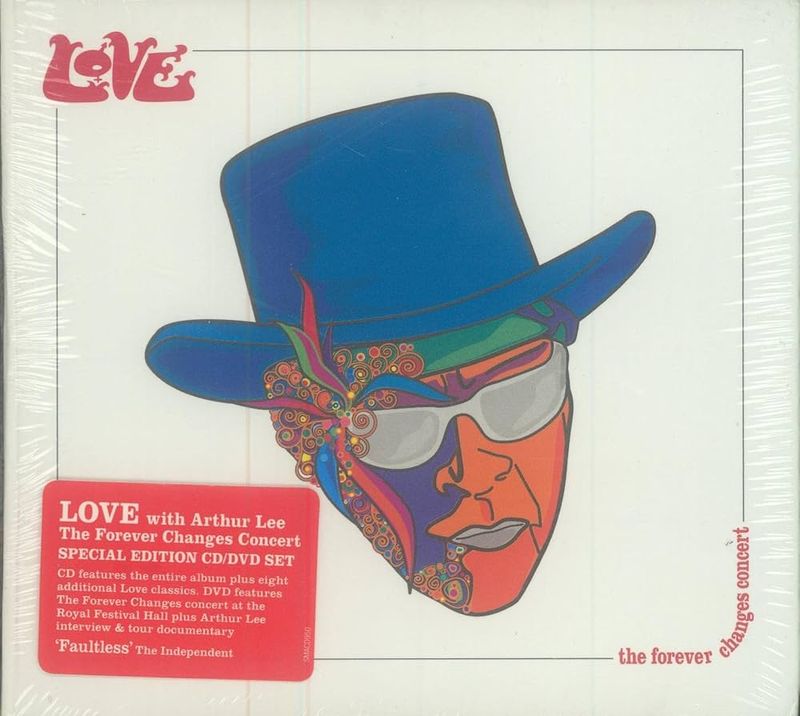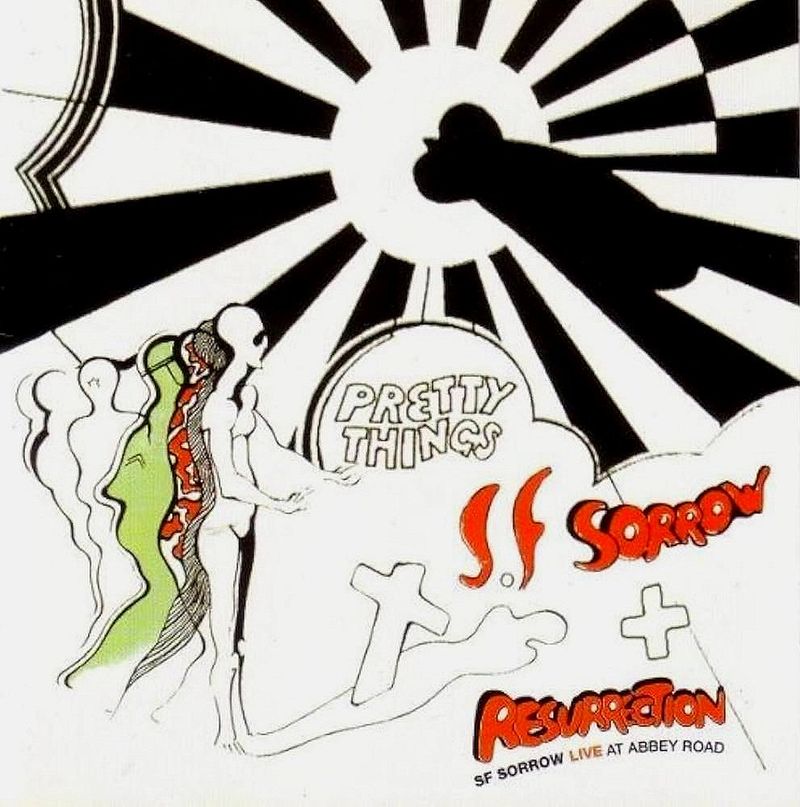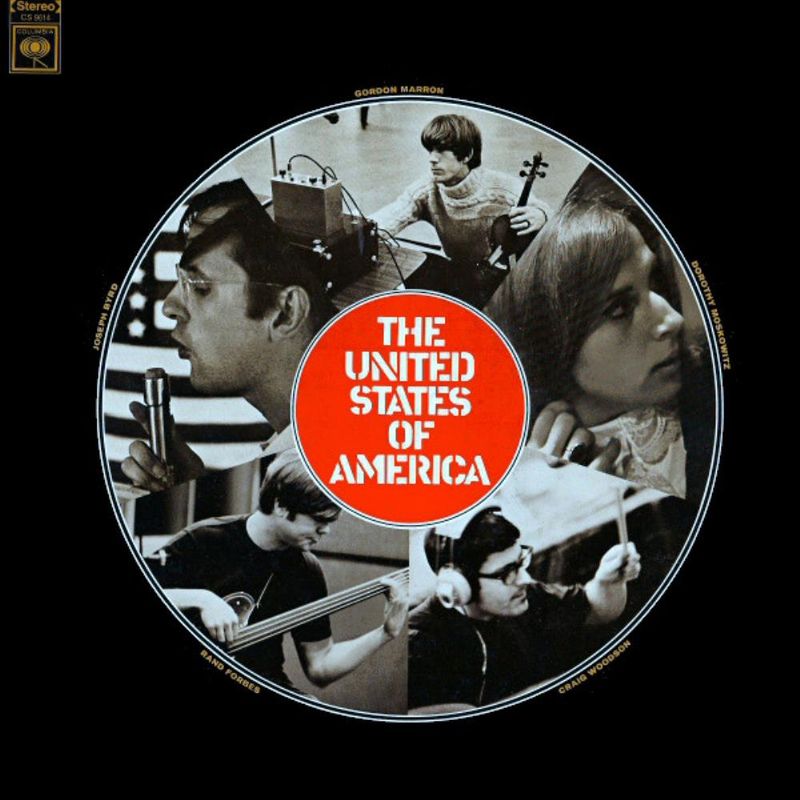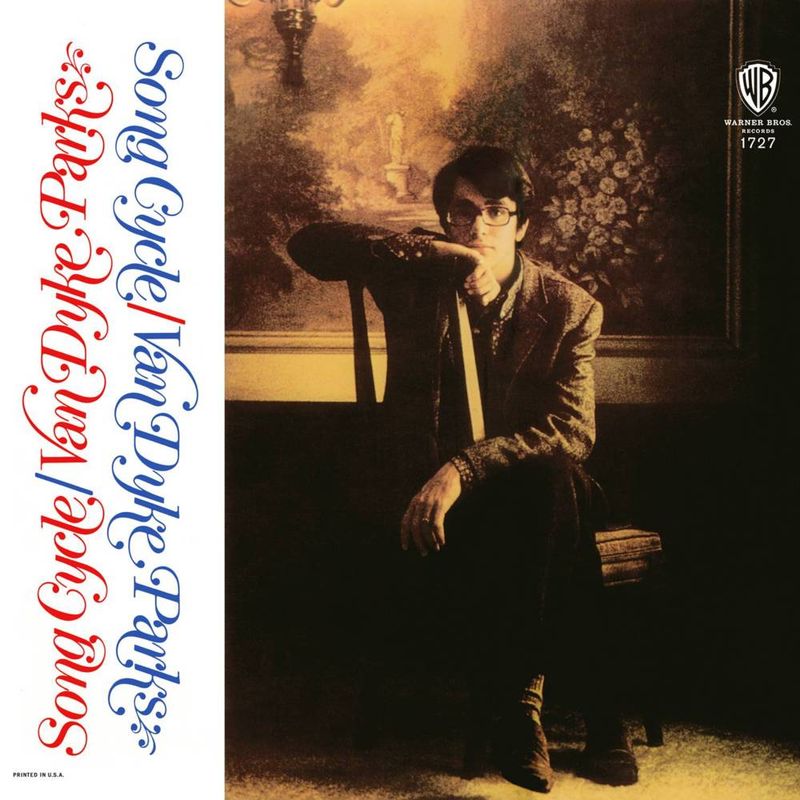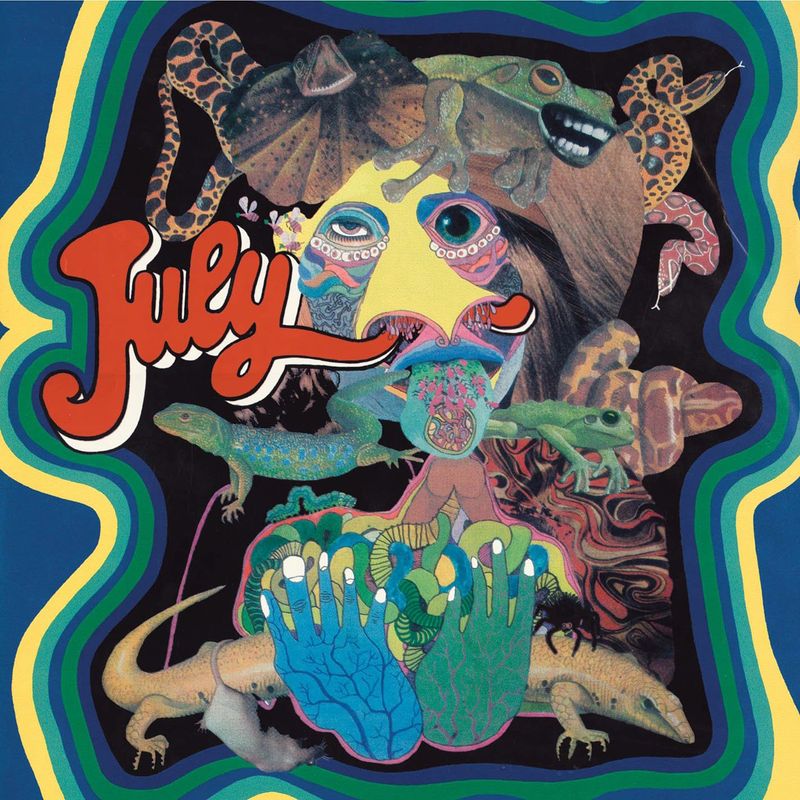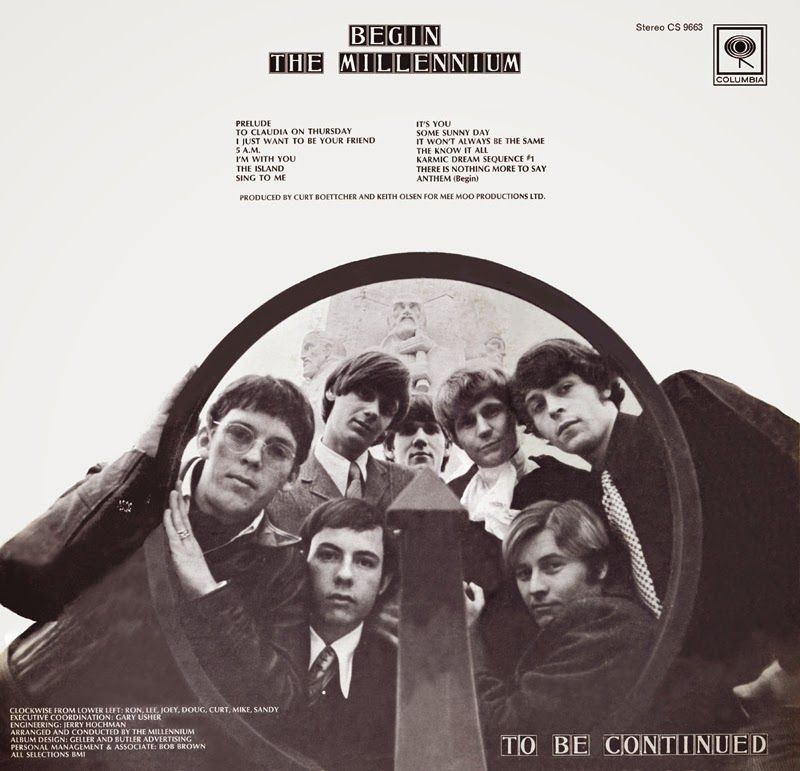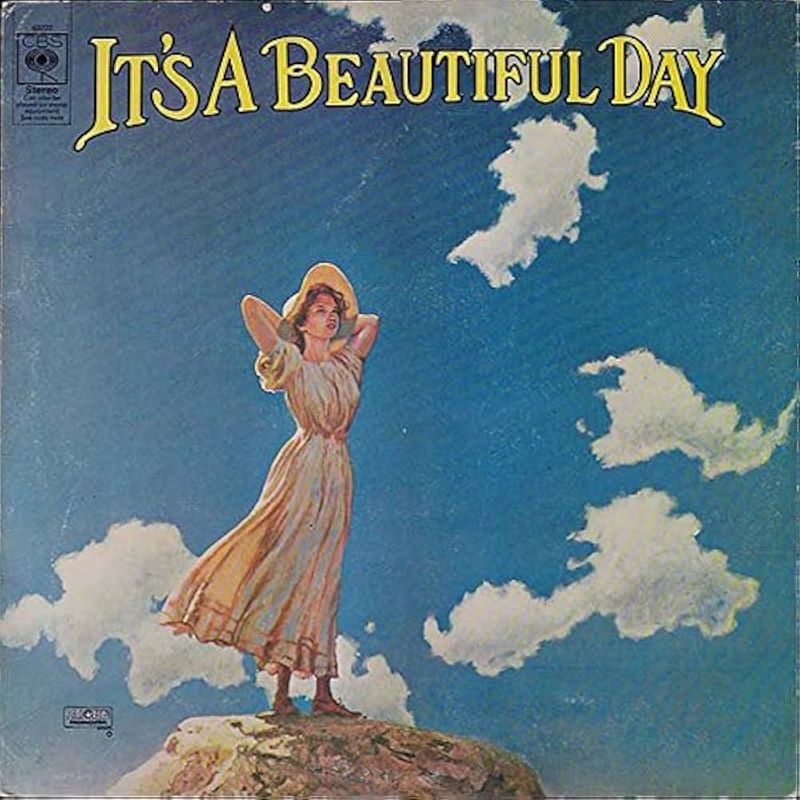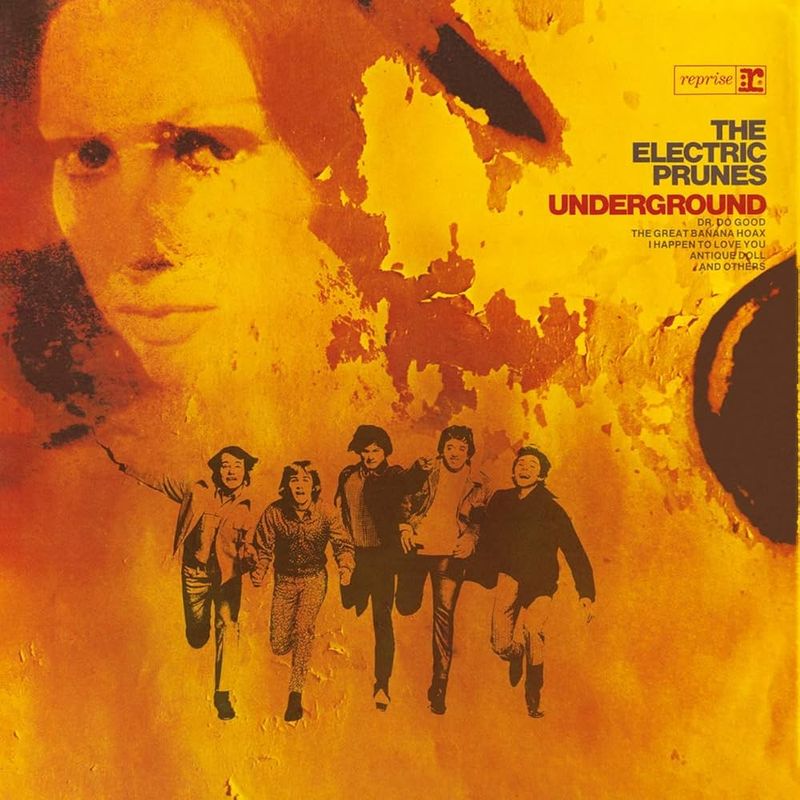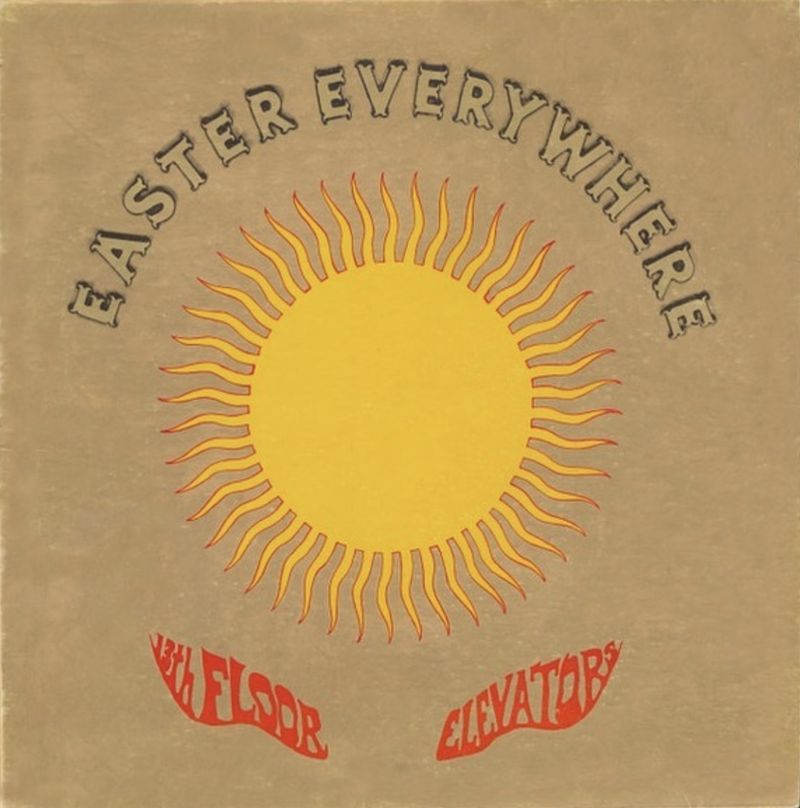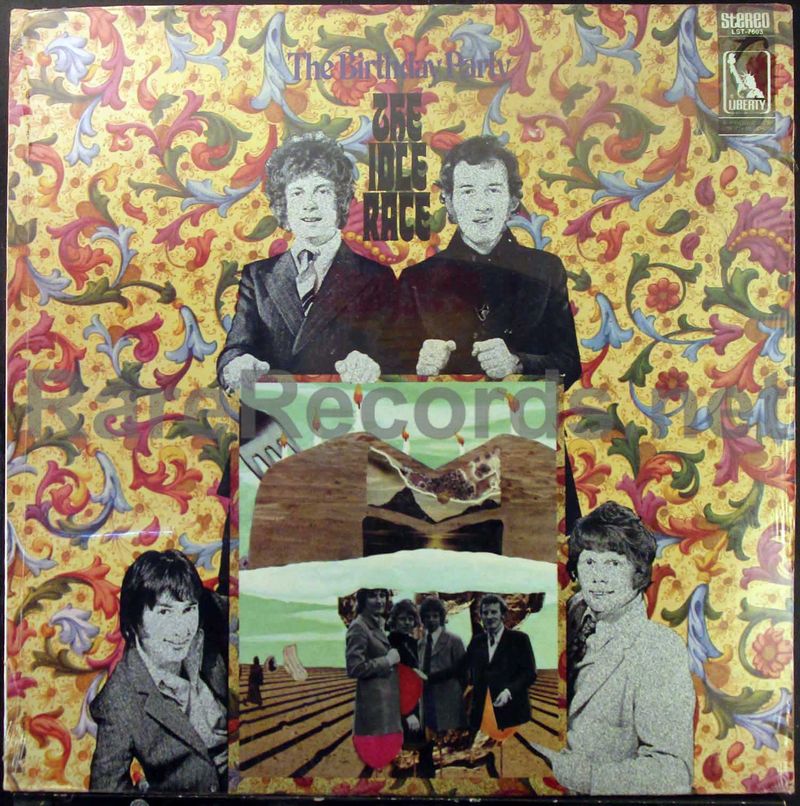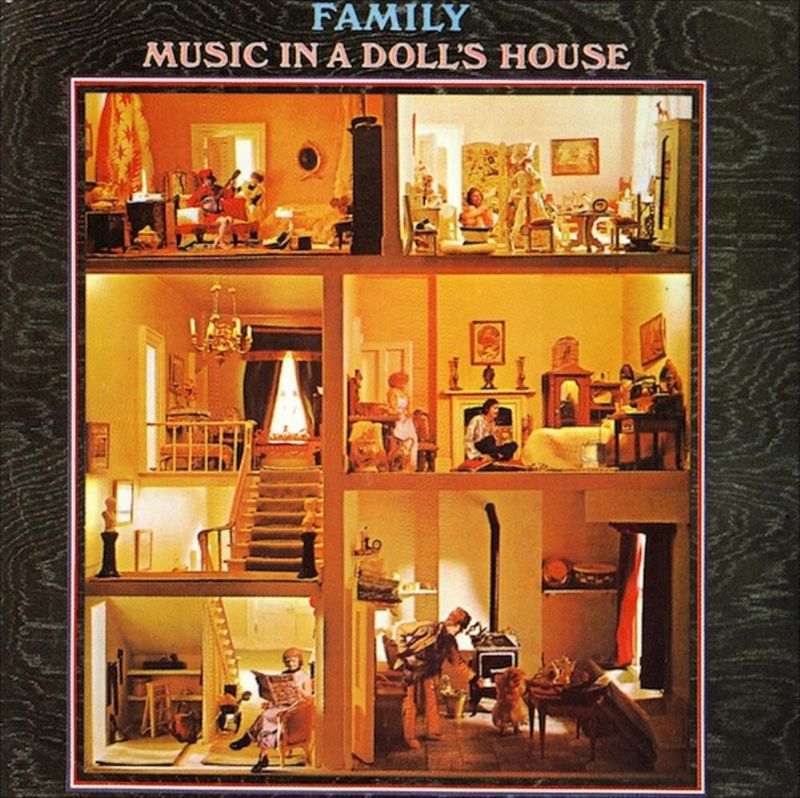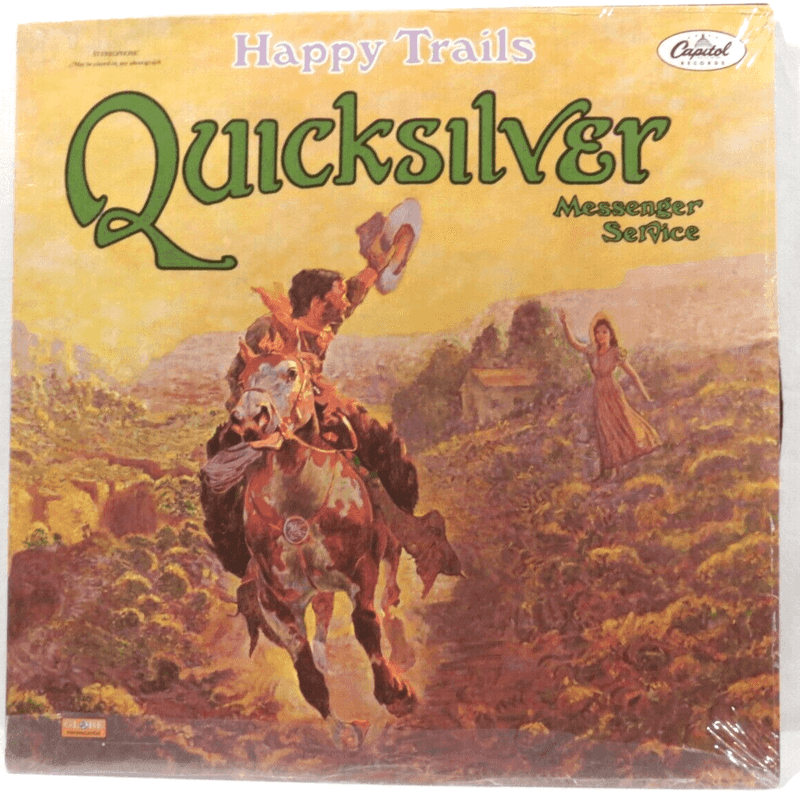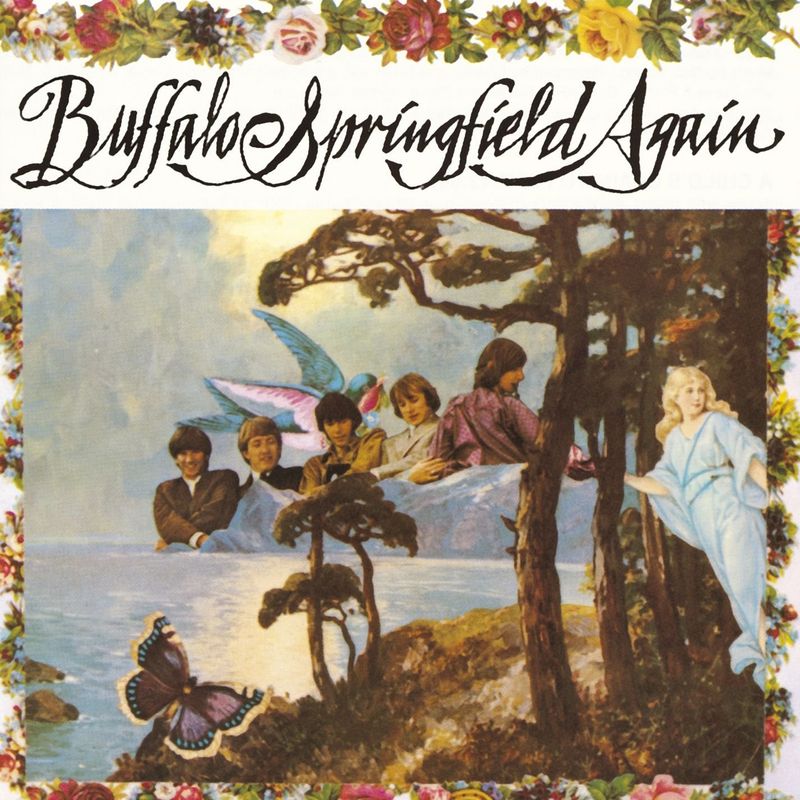The 1960s was a decade bursting with musical innovation and artistic expression. While many albums from this era became iconic, some incredible works have been overshadowed by more commercial successes.
From psychedelic explorations to groundbreaking rock operas, these albums showcase a diversity of sound and creativity that still resonates today. Unveil the hidden gems of the ’60s that continue to inspire and rock hard.
1. Moby Grape – Moby Grape (1967)
Moby Grape’s debut album is a masterful fusion of garage rock, folk, and psychedelia. Released in 1967, it was hailed by critics but suffered commercially due to poor label management and internal band conflicts.
The album ingeniously blends different musical styles, featuring catchy melodies and tight instrumentation. Despite its initial struggles, songs like “Omaha” and “Hey Grandma” have secured the album’s legacy as a cult classic.
Today, Moby Grape is celebrated for its creativity and influence on subsequent generations of musicians.
2. The Zombies – Odessey and Oracle (1968)
Released after The Zombies disbanded, “Odessey and Oracle” eventually gained recognition for its baroque pop brilliance. With lush harmonies and intricate melodies, the album paints a vibrant sonic picture.
“Time of the Season” became a surprise hit, drawing attention to this overlooked masterpiece. Recorded at Abbey Road Studios, the album’s artistic depth and emotional resonance have since been celebrated by fans and critics alike.
Its influence continues to echo through modern music, leaving a timeless legacy.
3. Love – Forever Changes (1967)
“Forever Changes” by Love is a hauntingly beautiful album that combines folk-rock with complex orchestration and poetic lyrics. Released in 1967, it was largely overlooked at the time but has since been recognized as one of the decade’s most influential works.
The album’s intricate arrangements and reflective themes have captivated listeners, earning it a place in the pantheon of classic rock. Tracks like “Alone Again Or” showcase the band’s unique ability to blend musical sophistication with emotional depth.
4. The Pretty Things – S.F. Sorrow (1968)
Credited as one of the first true rock operas, “S.F. Sorrow” by The Pretty Things broke new ground with its narrative style and psychedelic flair. Released in 1968, it predates The Who’s “Tommy” but never matched the commercial success of its contemporaries.
The album tells a compelling story through innovative songwriting and dynamic performances. Though it was initially overlooked, “S.F. Sorrow” has gained recognition for its pioneering spirit and lasting impact on the rock genre.
5. The United States of America – The United States of America (1968)
The United States of America’s self-titled album is a bold experiment in electronic and avant-garde rock. Released in 1968, it eschews traditional guitar leads in favor of early synthesizers and electric violins, creating a unique soundscape.
Though the band’s life was brief, their innovative approach has influenced countless art-rock bands. The album’s daring creativity and boundary-pushing compositions make it a fascinating listen.
Today, it stands as a testament to the experimental spirit of the 1960s music scene.
6. Van Dyke Parks – Song Cycle (1967)
Van Dyke Parks’ “Song Cycle” is a whimsical, genre-defying album that merges Americana, orchestral pop, and eccentric lyrical themes. Released in 1967, it was praised for its originality but struggled commercially due to its complexity.
The album’s intricate arrangements and playful storytelling have since found a dedicated fanbase. Tracks like “Vine Street” showcase Parks’ artistic vision and ingenuity.
Despite its initial commercial failure, “Song Cycle” is now celebrated as a pioneering work in the avant-garde pop genre.
7. July – July (1968)
July’s self-titled album is a trippy journey into British psychedelia, filled with tape effects and airy vocals. Released in 1968, it remains their only LP, yet has gained cult status among collectors and enthusiasts.
The album’s dreamy soundscapes and experimental touches create a unique listening experience. Though it didn’t achieve mainstream success, songs like “My Clown” resonate with fans of the genre.
July’s innovative approach to psych-rock continues to inspire musicians and fans alike, securing its place in rock history.
8. The Millennium – Begin (1968)
“Begin” by The Millennium is a mesmerizing blend of sunshine pop and experimental studio techniques. Released in 1968, it features lush vocal harmonies and production wizardry that were ahead of its time.
Despite its innovative approach, the album struggled to find commercial success. Songs like “To Claudia on Thursday” highlight the band’s ability to craft intricate and captivating melodies.
Over the years, “Begin” has been rediscovered and appreciated for its artistry and influence on later musical innovations.
9. It’s a Beautiful Day – It’s a Beautiful Day (1969)
Best known for the ethereal “White Bird,” It’s a Beautiful Day’s self-titled debut album is a stunning example of violin-led psychedelic folk-rock. Released in 1969, its distinct sound was overshadowed by label issues and poor promotion.
The album’s atmospheric quality and rich musical textures have captivated audiences, making it a cherished gem among fans.
Songs like “Hot Summer Day” showcase the band’s unique blend of folk, rock, and psychedelia. Today, it’s appreciated for its artistic depth and enduring appeal.
10. The Electric Prunes – Underground (1967)
“Underground” by The Electric Prunes is an adventurous dive into fuzz-drenched guitar and offbeat psychedelia. Released in 1967, it offers a more experimental and cohesive experience than their better-known hit “I Had Too Much to Dream (Last Night).”
The album’s bold exploration of sonic textures and unconventional arrangements captures the spirit of the psychedelic era.
“The Great Banana Hoax” stands out as a testament to the band’s creative vision. Though overlooked initially, the album is now celebrated for its innovation and energy.
11. 13th Floor Elevators – Easter Everywhere (1967)
Fronted by Roky Erickson, 13th Floor Elevators were pioneers of psychedelic rock. “Easter Everywhere,” released in 1967, expanded on their signature “electric jug” sound. While the album never achieved widespread fame, its influence is undeniable.
Tracks like “Slip Inside This House” offer a mind-bending experience that captures the essence of the era.
The band’s innovative approach and Erickson’s charismatic presence have left a lasting impact on the rock genre. Today, “Easter Everywhere” is revered by fans and musicians alike.
12. The Idle Race – The Birthday Party (1968)
Before his fame with ELO, Jeff Lynne was part of The Idle Race, a band known for their whimsical British psychedelia. “The Birthday Party,” released in 1968, blends melodic rock with imaginative storytelling.
Despite critical acclaim, the album was largely ignored by mainstream audiences. Tracks like “I Like My Toys” highlight Lynne’s early songwriting prowess and the band’s unique charm.
Over time, “The Birthday Party” has gained recognition as a hidden gem, appreciated for its creativity and nostalgic appeal.
13. Family – Music in a Doll’s House (1968)
Family’s “Music in a Doll’s House” is a bold debut that mixes prog, psychedelia, and jazz influences. Released in 1968, the album showcases Family’s eclectic style and Roger Chapman’s distinctive vocals.
Despite its ambitious approach, it became a cult favorite rather than a chart-topper. Songs like “The Chase” reflect the band’s experimental nature and innovative sound.
Though overlooked at the time, “Music in a Doll’s House” is now celebrated for its artistic depth and contribution to the progressive rock movement.
14. Quicksilver Messenger Service – Happy Trails (1969)
“Happy Trails” by Quicksilver Messenger Service is a remarkable live(ish) album that captures the raw energy of one of San Francisco’s most adventurous jam bands.
Released in 1969, it features extended improvisations that showcase the band’s musical prowess. The album’s unique blend of rock and improvisational jazz has resonated with fans, making it a beloved piece of the psychedelic era.
Tracks like “Who Do You Love Suite” highlight the band’s dynamic performance style, ensuring “Happy Trails” remains a cult classic.
15. Buffalo Springfield – Buffalo Springfield Again (1967)
“Buffalo Springfield Again” features the songwriting talents of Neil Young, Stephen Stills, and Richie Furay. Released in 1967, it showcases the band’s evolving sound and musical prowess.
Known for tracks like “Mr. Soul,” the album was overshadowed by their debut and the later fame of its members. Its diverse musical styles and thoughtful lyrics have since been appreciated by fans and critics.
“Buffalo Springfield Again” remains a testament to the band’s influence and the individual talents that would shape rock history.
